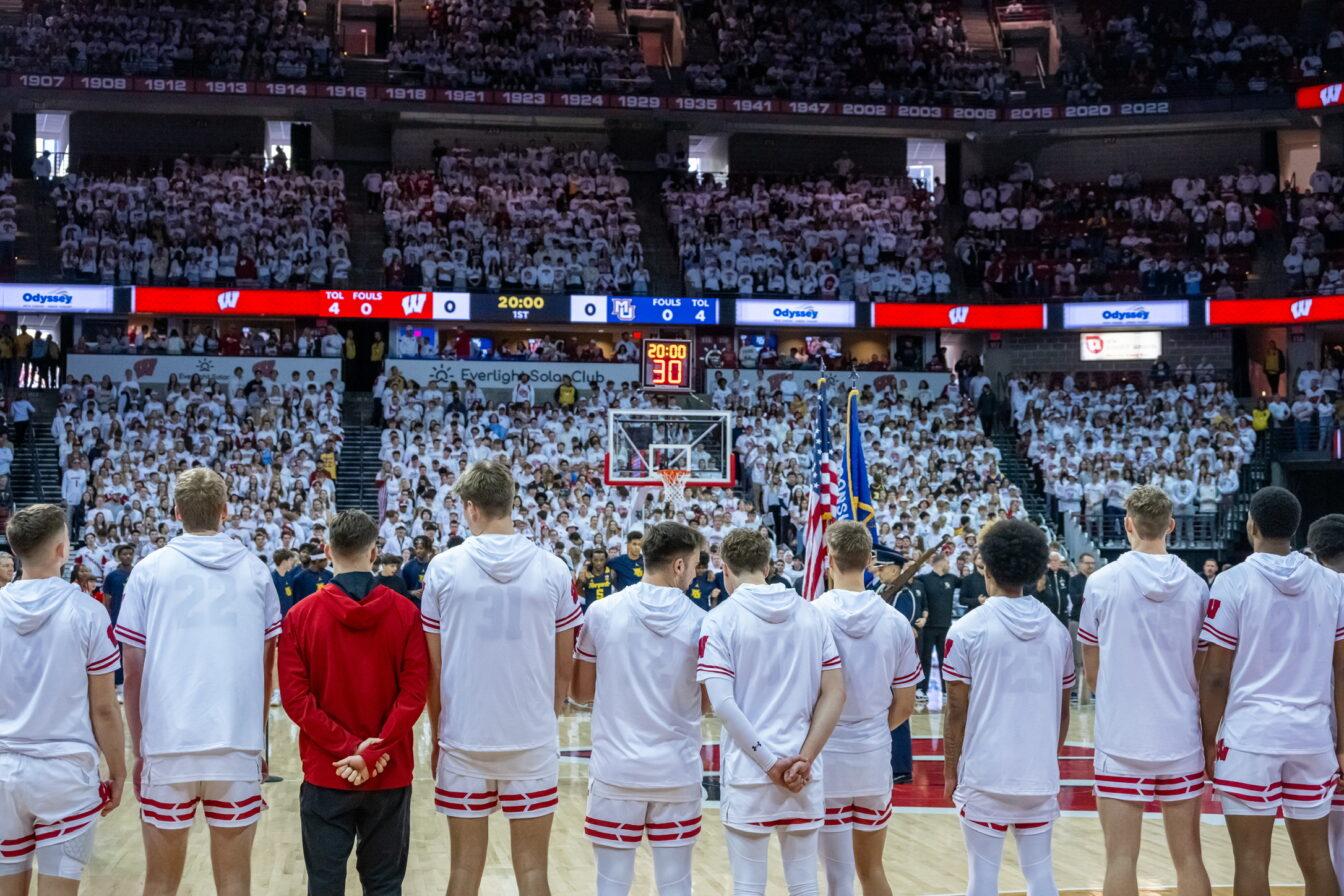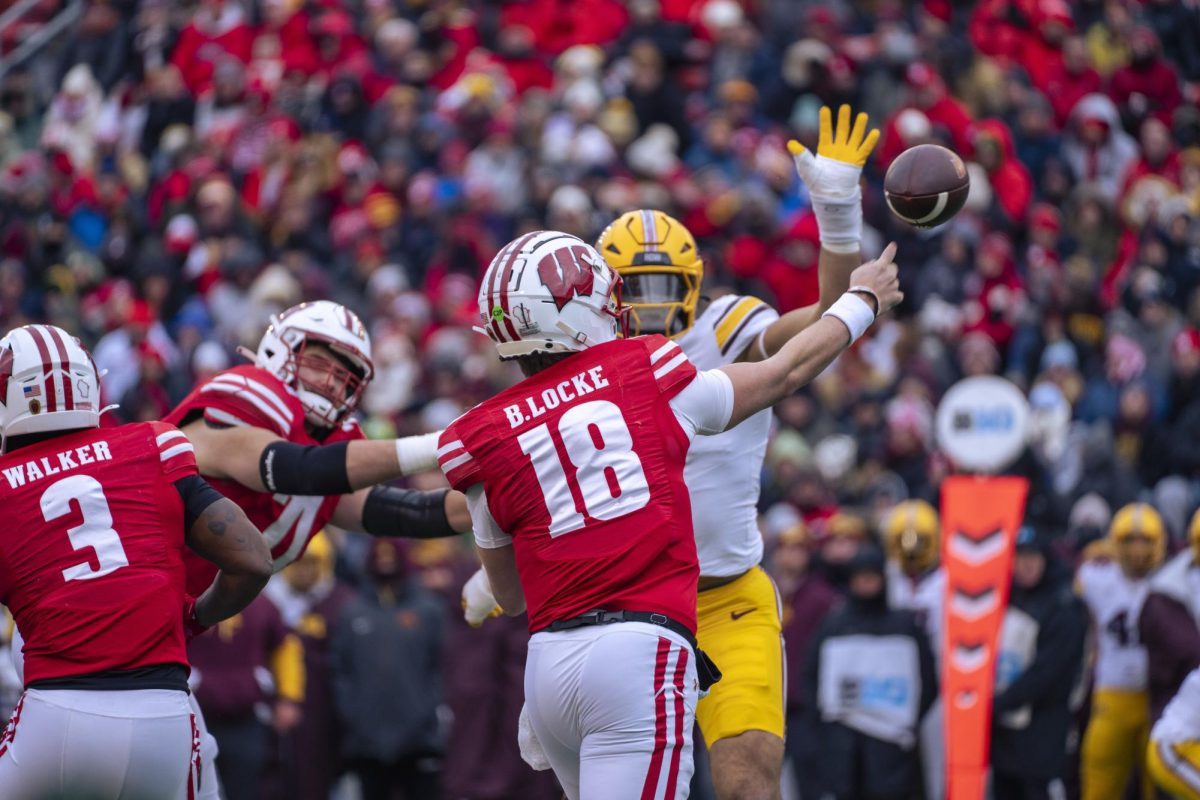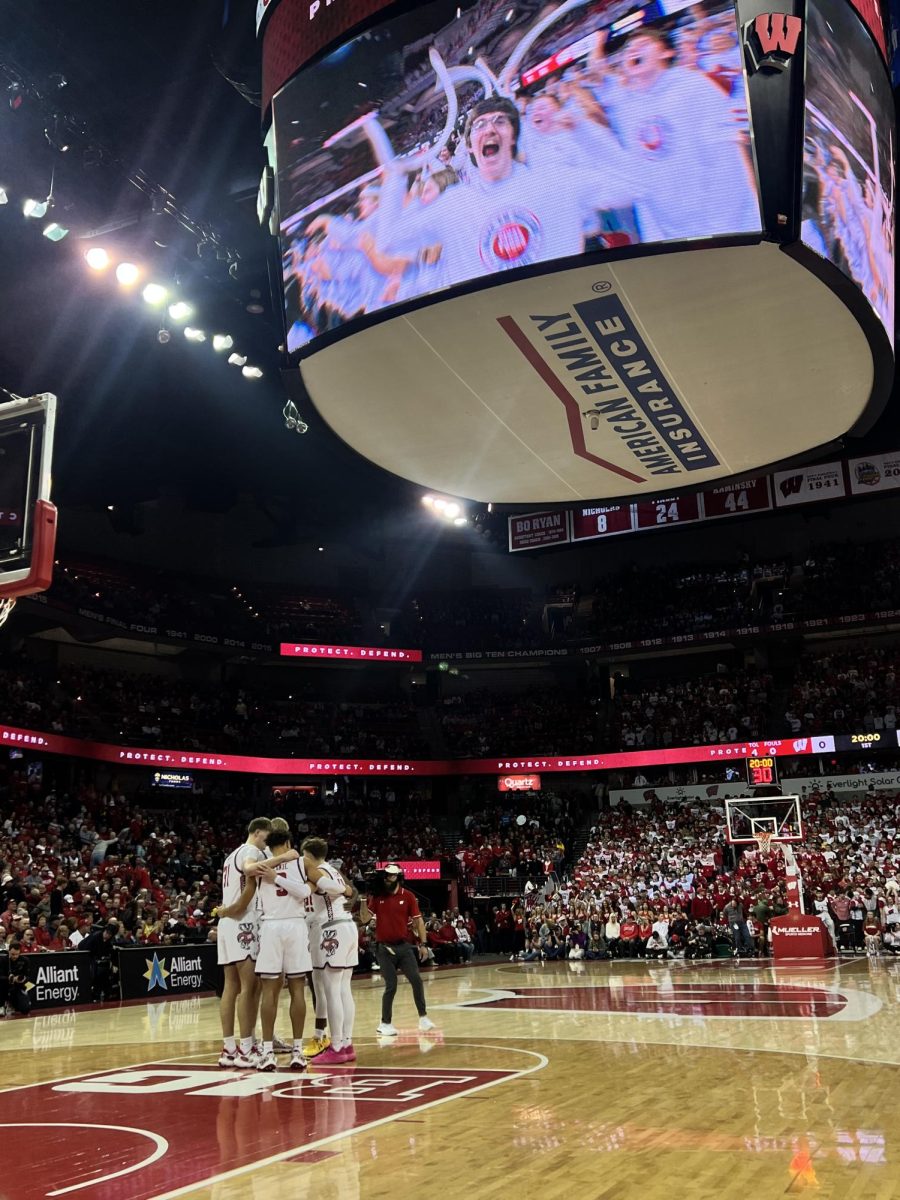When Johnny Manziel was suspended for the first-half of Texas A&M’s week one matchup with Rice University because some of his autographs were sold for a profit – a profit he was never proven to have received himself – one thought crossed the mind of thousands of college football fans: Pay the man.
When ESPN’s Jay Bilas searched Manziel’s name on the NCAA merchandise website and his Aggies jersey came up in the results, proving that the NCAA was profiting from players like the reigning Heisman winner, one thought crossed many peoples’ minds: Pay the man.
When news of illegal activity at Oklahoma State University surfaced last week including reports that several football players received cash benefits while playing in Stillwater, one thing crossed the mind of the boosters who were passing along the money: These players deserve to be paid.
The argument whether collegiate athletes should receive a salary has been long debated and has reached a crescendo, as almost every month now, news about athletes receiving illegal benefits is exposed.
The opinion section of The Badger Herald ran a piece last week advocating for the payment of college athletes and, while I have great respect for that department and everyone involved, I disagree.
While student athletes generate a large amount of revenue for their respective universities – which to some people is enough to merit compensation beyond scholarships – I contend it is even more dangerous to step on the bee’s nest that would become the process of determining how to fairly pay college athletes.
There is a common misconception that D-1 universities are raking in millions of dollars from their athletic programs and riding that gravy train straight to the bank, when in truth, that is not what happens.
According to USA Today, the University of Wisconsin generated $103,803,040 through its athletic programs during the 2011-2012 academic year – making UW the 11th highest grossing athletic program in the country. During that same time period, Wisconsin spent a total of $102,275,206 on expenses to athletic programs including coaches’ salaries, scholarships and facilities.
After putting more than 98 percent of the revenue made by the athletic programs right back into that department, the University came away with just $1,527,834 in profits — not millions and millions of dollars, which is the prevailing thought.
So, when considering how to pay college athletes, $1.5 million in profit is not very much money to draw from when an institution like Wisconsin has hundreds of student athletes to consider.
And it’s not like these athletes are playing for free either. They get compensated with scholarships. Some believe it isn’t enough, but looking at UW’s tuition, if a student is awarded a full scholarship for four years, that scholarship is worth approximately $41 thousand. In total, Wisconsin spent more than $10 million on athletic scholarships last year.
If that’s not enough, how much is? And how is an institution supposed to determine the value of any one specific athlete? Would male athletes be paid more than female athletes because men’s sports draw in more revenue? Because that would go against everything that Title IX stands for.
These are just the sticky details, but they’re all what make paying student athletes so impossible.
The NCAA continues to take the stance that it has no intention to convert student athletes into paid employees as the latest confirmation was made by NCAA president, Dr. Mark Emmert, on Monday during a lecture at Marquette.
“One thing that sets the fundamental tone is there’s very few members and, virtually no university president, that thinks it’s a good idea to convert student athletes into paid employees — literally into professionals,” Emmert said. “Then you have something very different from collegiate athletics. One of the guiding principles (of the NCAA) has been that this is about students who play sports.”
It’s when institutions beyond the universities begin to benefit from collegiate athletes that things take a turn for the worse. For video game companies, merchandising companies and whoever else to take advantage of the athletes is wrong. Though this issue is beginning to be addressed as the NCAA and a few conferences have already refused to endorse EA sports – a popular video game company – and its NCAA football video games.
Ultimately, student athletes make a conscious choice to play sports at the college level, no one is forcing them to. If they don’t feel they are being fairly compensated for the amount of work they put into their sport, then they are free to quit anytime they want.
But the combination of scholarships and experience that are gained through collegiate athletics should be reward enough. Look at it as an unpaid internship — even though again, athletes can given upwards of $40 thousand in scholarships. Athletes put in their time at an entry level position in hopes of reaping the benefits of the experience later on. Of course, very few college athletes make the jump to the professional level, but just putting it on a resume will show potential employers the amount of drive that particular person must have to juggle sports and school.
During their time in college, student athletes will get experiences like playing in front of hundreds or thousands of fans, traveling all over the country and being a part of a strong community of players and coaches that regular students will never get to experience. So, in my estimation, the men and women have been paid.
Spencer is a senior majoring in Journalism. Think the players need to be paid as compensation? Let him know at [email protected].













